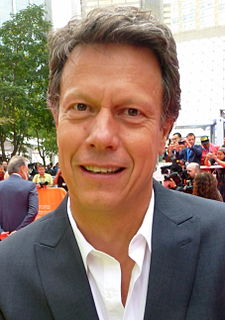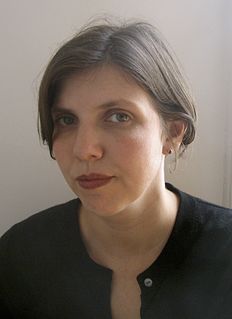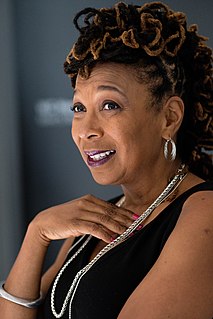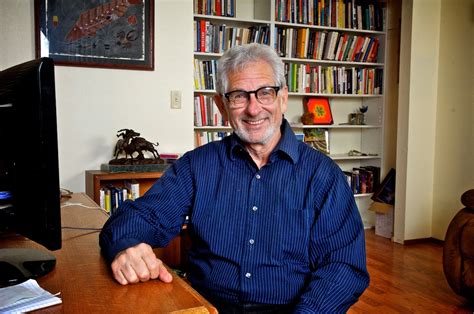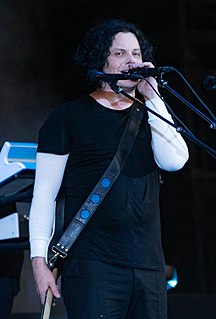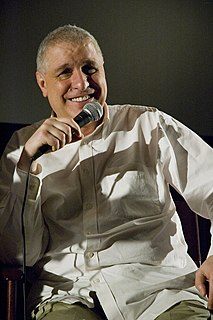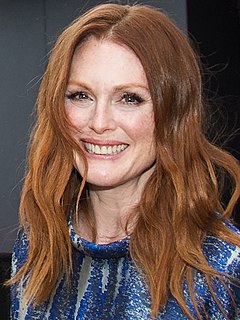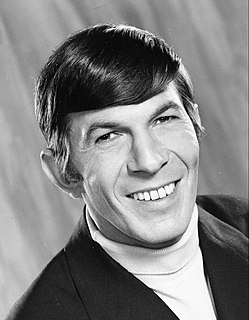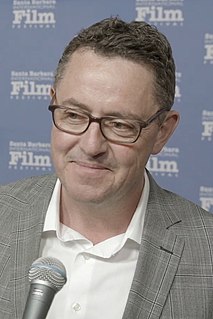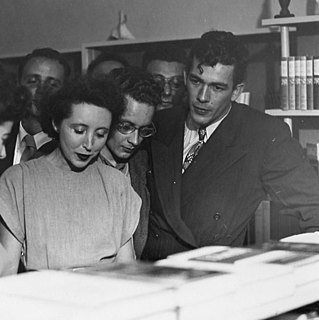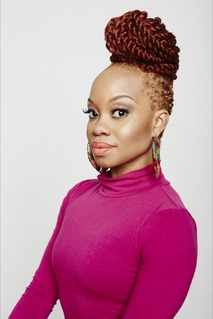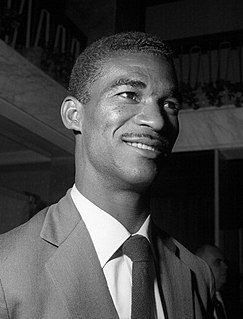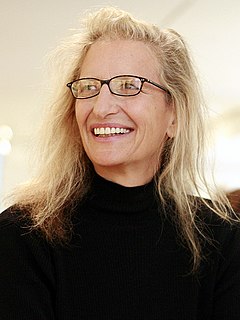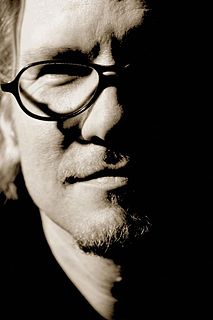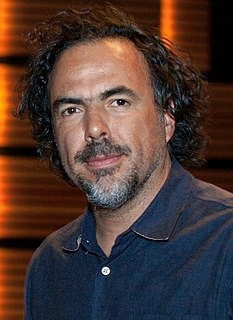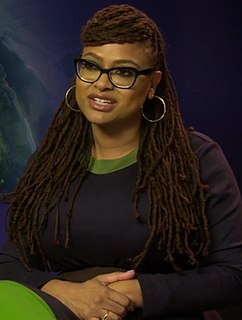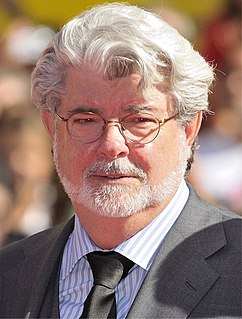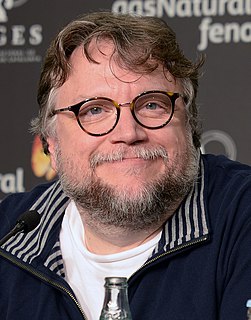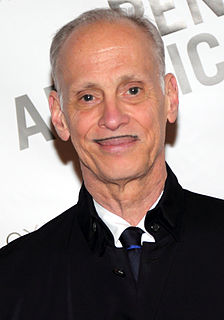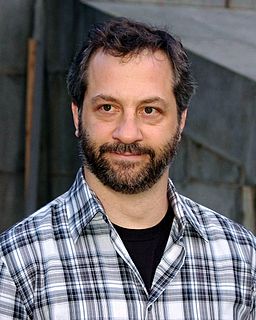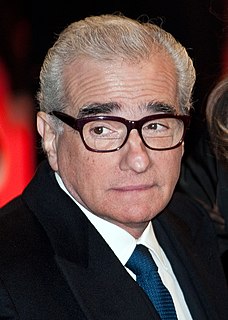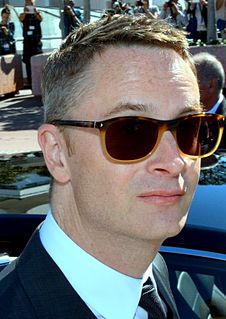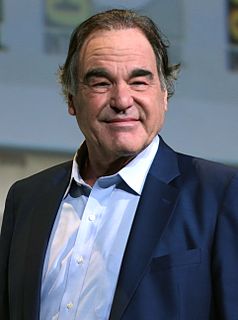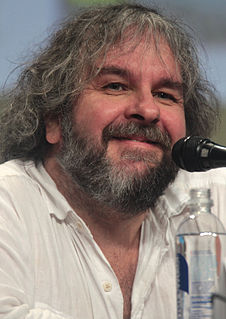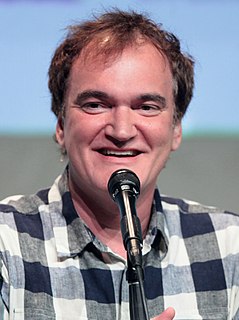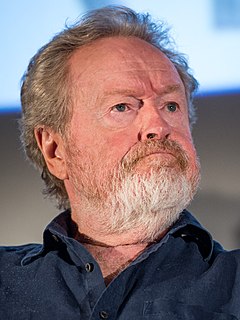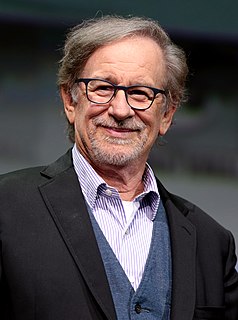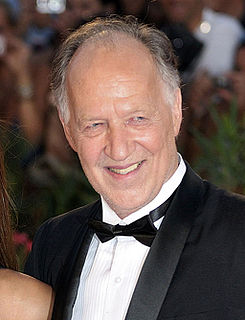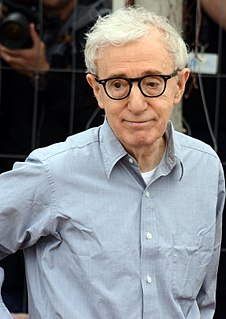A Quote by Gavin Hood
When you're used to looking through a stills lens and you have to capture an emotional moment, and that picture is not moving and yet it has to have impact, I think that's the first influence on my style.
Related Quotes
I think that when we're looking at things when we're right in the center of things, as opposed to being a bit unmoored from what's going on around us, we see things through a kind of dulling lens of convention, and there's something about extreme emotional experiences that gives us a heightened clarity, I think, of thought and of feeling.
My style is in the 21st century. If you look at the process, it goes from photography through Photoshop, where certain features are heightened, elements of the photo are diminished. There is no sense of truth when you're looking at the painting or the photo or that moment when the photo was first taken.
This uses a lens system, which I have used for years in various different ways, but I've never used it in the context of an interview. This is the very first time that I've done that. It's a lens called The Revolution, so it allowed me to interview Elsa [Dorfman] and actually operate the camera. Well one of the cameras, because there were four cameras there.
I actually think acting is a form of self-hypnosis. You have to be hyper, hyper aware of what's going on around you. You have to know where the lens is, what the shot is, and where you're moving. And then you have to trick yourself into an emotional state where you believe this stuff is actually happening.
It wasn't until I realised that I could actually take nice photographs that I started to become passionate about it. I then got a few jobs working for magazines in London, and I would get terribly excited and intense about doing a job and taking photographs and looking through the lens to capture something amazing.
Essentially, in photography, I think on two levels: one emotional and the other technical. The emotional impact has to do with looking for something dramatic happening in the photograph, something that reaches out and touches somebody in some way. And the technical is having to do with composition and framing - light and dark, light and shadow.
I think it's important for people to understand that dance, movement, choreography is about an experience and entertainment but it's also about perception and a lens. So when we're talking about a Black female's experience through a Black female's lens, that's going to be totally different from a Black female's perspective through a Black male's lens.
Don't you see yourself in every picture you love? You feel a radiance wash through you. It's something you can't analyze or speak about clearly. What are you doing at that moment? You're looking at a picture on a wall. That's all. But it makes you feel alive in the world. It tells you yes, you're here. And yes, you have a range of being that's deeper and sweeter than you knew.
After moving to Los Angeles in the early '90s, I started looking into "music for picture" more seriously and in broader scope. My collaboration as a programmer and arranger with Graeme Revell exposed me for the first time to the full spectrum of film music, including the hectic demands of orchestral scoring and the power politics surrounding the finalization of any score for a major motion picture in Hollywood.
